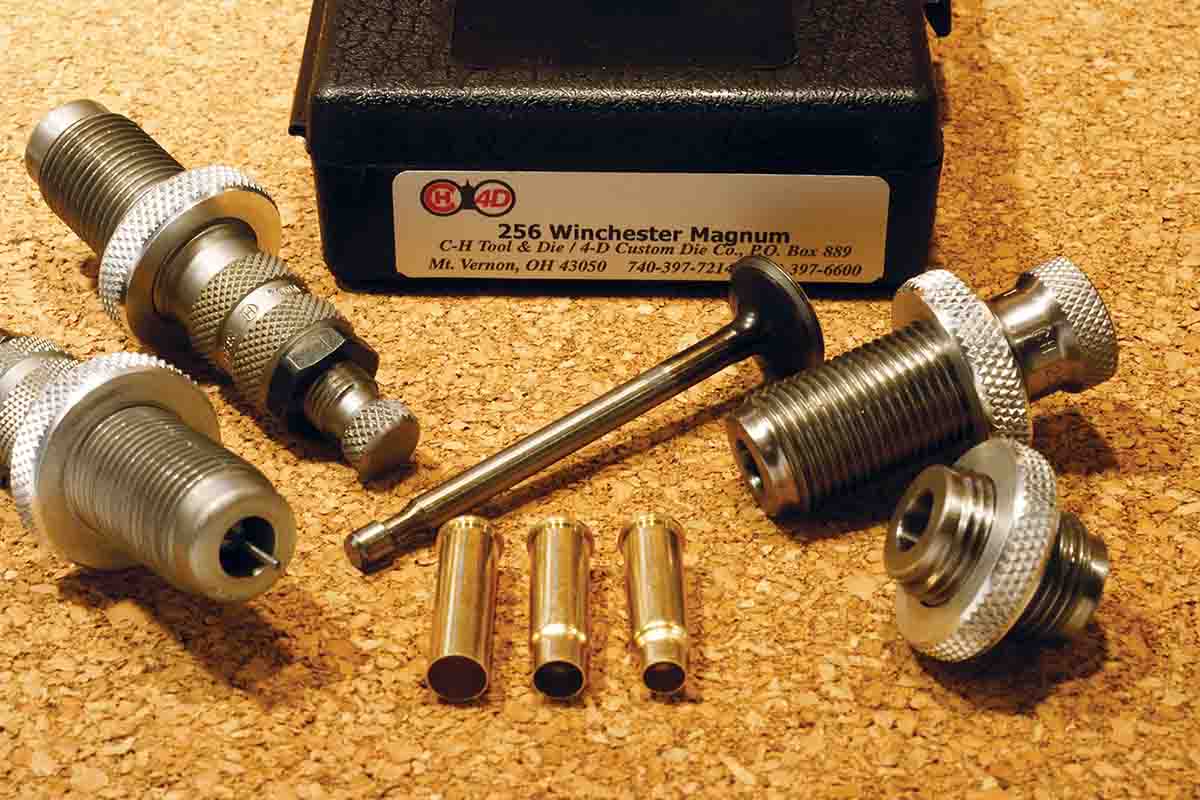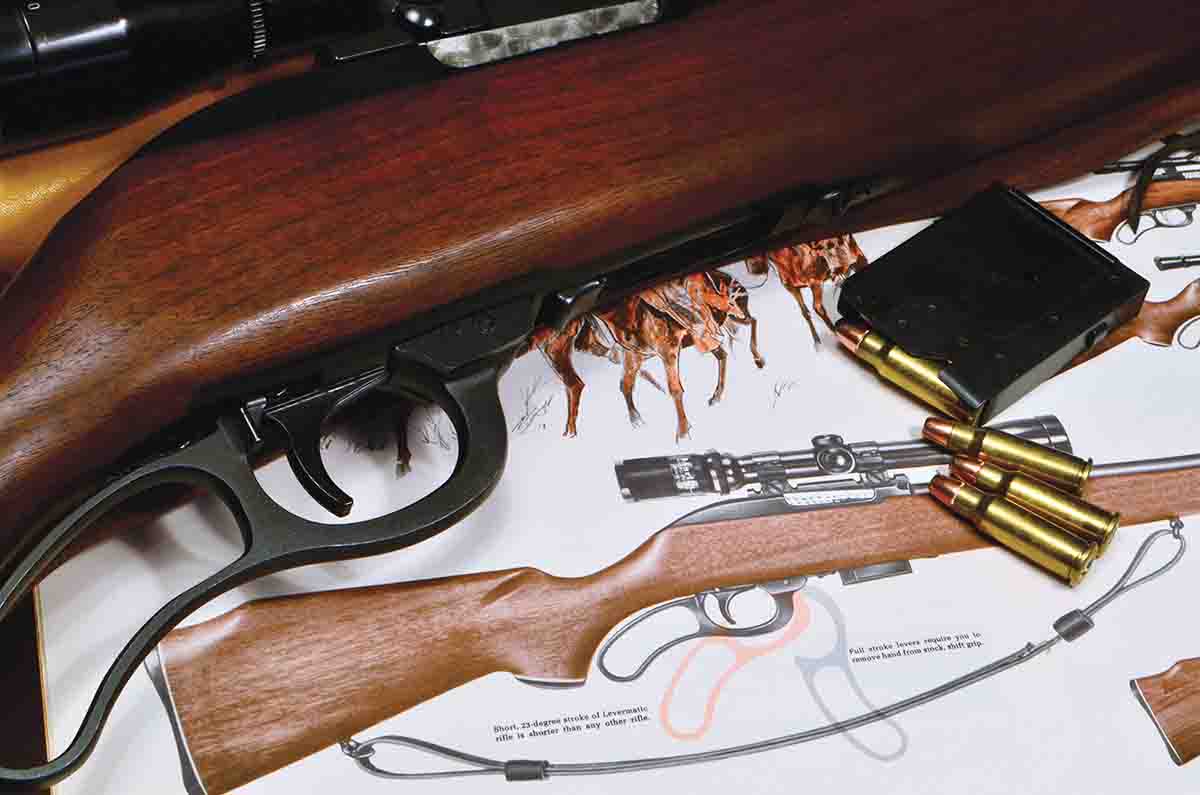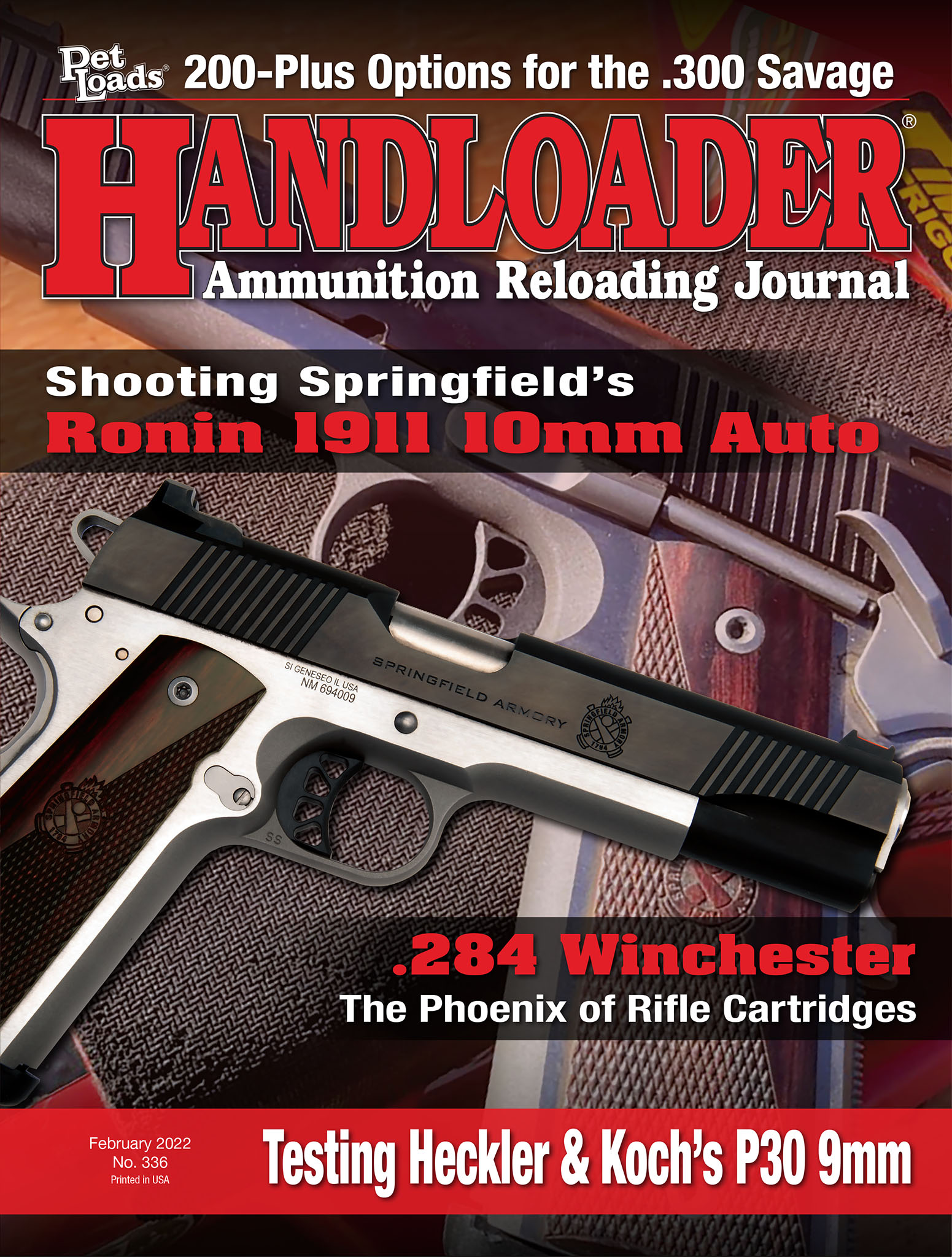In Range
Getting Old Rifles Shooting
column By: Terry Wieland | February, 22

Obviously, there’s enough interest in selling guns to fill up three days’ worth of consignments, but there is also unprecedented interest in buying.
Many old rifles sold at auctions disappear into collections, where they bask in unfired glory, but a lot also go to people like me, whose main interest in owning an old rifle is getting it shooting again, to see what’s involved and what it will do. I don’t know one serious gun guy who’s content to just admire a rifle and not shoot it. Certainly there are such people, I just don’t know any.
Even Robert M. Lee, the most serious gun collector of my personal acquaintance, who died six years ago and whose vast collection has come up for auction in bits and pieces ever since, wanted to shoot most of the guns he owned. Bob once told me he believed guns were made to be shot, and that his were, unless one’s “collector” value relied on it being in factory-new, unfired condition, or it was so rare it was simply not worth the risk.
In some ways, a buyer of an old rifle in an obscure caliber is better off today, but in another way worse. The situation is worse because the one man who could get virtually any old rifle shooting again – Bob Hayley – died a year ago, and his (to me) priceless collection of dies, moulds, and most of all, original data and specifications, was dispersed in the worst possible way: bundled into vague lots with numbers attached and then auctioned off the back of a pickup truck.
Bob’s executor, a bank executive, knew nothing about guns and cared less, while his only beneficiary, the NRA, had little interest in anything it could not turn into immediate cash. There is a lesson here for all of us who own guns to which we have a sentimental attachment. In effect, Bob’s life’s work was reduced to a glorified yard sale.
I first started writing about Bob and his work in 2007, and at various times was told by different editors that I needed to cover other people who did the same thing. “There has to be others,” I was told. In fact, while there were one or two guys who made obscure ammunition to order, those I talked to obtained their basic components from Bob, who refashioned brass, cast arcane bullets and even produced things like pinfire cartridges and reloadable cartridges for ancient rimfire revolvers.

Without an expert like Bob Hayley to consult, exactly how does someone go about getting an old and mysterious rifle shooting again? There are several steps all have in common, the first of which may sound obvious, but isn’t: Find out the bore diameter and what cartridge the thing is chambered for. I bought a BSA Martini a few years ago, supposedly chambered for the .310 Cadet and so marked. When I got it home, I found it had been rechambered to .32-40, but there was no barrel marking to indicate this.
Slugging the bore and making a chamber cast are steps two and three; step one is getting at least one, and preferably several, editions of Cartridges of the World (not all contain the same information, and what you’re looking for may be in an earlier edition but not a later one.) A second useful book is the Handloader’s Manual of Cartridge Conversions by John Donnelly.
Casting back, I remember a dozen different rifles where I started from nothing to make ammunition. A handloader may run into the same difficulties with an old revolver or pistol, but ammunition for those is a completely separate issue, for obvious reasons. Rifles are easier, and single-shot rifles easiest of all, since they don’t depend on exact cartridge length to function, or require flatnose bullets to prevent chain-fires in tubular magazines and such.
The thorniest was a German Schützen rifle from the 1880s with no caliber markings. I wrote about it at length in Handloader No. 323 (December-January 2019). Having slugged the bore and made a chamber cast, I fashioned (with hand tools) some ammunition that fit (sort of) from Bertram .43 Mauser brass, made light loads, fired three to get cases that fit the chamber, and then sent them to Redding, along with the chamber cast, to have custom dies made. We made up a suitably Teutonic name for my new cartridge (11.15x51R Kurz). From there it was a matter of shortening the brass and developing loads. I started with black powder, but given the strength of the action and hefty barrel, switched to a load using Hodgdon H-4198. The rifle is wonderfully accurate with either, and always astounds the onlookers, who think it’s something out of the Brothers Grimm.
Oddly, the cartridge that provided me the most headaches was a standard American one, relatively recent, and based on the common as dirt .357 Magnum case. The .256 Winchester Magnum (a misnomer if ever there was one) was introduced around 1961, and to the best of my knowledge was only chambered in about 11,000 guns (8,000 Marlin Levermatics and 3,000 Ruger Hawkeye single-shot pistols).
Having hungered for a Levermatic since boyhood, I finally found one a dozen years ago. Again, the full account can be found in Handloader No. 275 (December - January 2011). The sticking point there was the difficulty of necking .357 down to .257; it must be done in stages, otherwise case wastage is severe. Alternatively, you can blow out .22 Jet brass. The .22 Jet was introduced at the same time as the .256 and is also based on .357 brass, and had an equally futile career, but for inexplicable reasons, you can find brass for it. The last original .256 Winchester brass was produced in the early 1990s and is rare as hen’s teeth.
Interestingly, after I had obtained not one but two sets of dies, including forming dies, a surplus engine valve (for preventing neck collapse) and various other bits and pieces, to say nothing of the arcane knowledge necessary to produce usable brass, a bunch of heretofore unsuspected factory Jamison brass surfaced. Why, during Jamison’s brief flicker of life it would choose to make .256 Winchester when demand can only have been minuscule, is beyond me. Maybe it was such business decisions that led to the company’s quick demise.
The other problem with .256 Winchester was less the brass than the rifle itself. The Marlin Model 62 Levermatic has a lamentably weak extractor, which meant pressures required for such tasks as fireforming led to stuck cases. I found myself carrying a steel rod to poke stuck cases out of the chamber. Was it worth it? Absolutely! (That’s my story, anyway.)
One more tale is required, this one more recent. I acquired a couple of rifles chambered in .28-30-120, one of the later American Schützen cartridges. Brass could be had from Bertram, but like much Bertram brass I’ve used, a high percentage split on the first firing. This is something to keep in mind with Bertram which – bless it anyway – makes all kinds of obscure and otherwise unobtainable calibers. It’s a simple matter to anneal the cases, at which point they’re perfectly usable. At about $3 per round, however, you don’t want to shoot off 20 rounds only to find half of them have split. A cautious first approach is called for, checking every case.
With the internet, it’s vastly easier finding essential supplies than it was even a dozen years ago, and what’s even better, there are companies making brass, casting bullets and importing foreign oddities that did not exist when Bob Hayley started his business of making the “weird, wacky and wonderful” back in the 1980s.
I would like to think Bob’s work led to companies seeing a potential profit in these obscure activities and following suit. If that was, indeed, the case, then Bob Hayley left us all something worthwhile.


